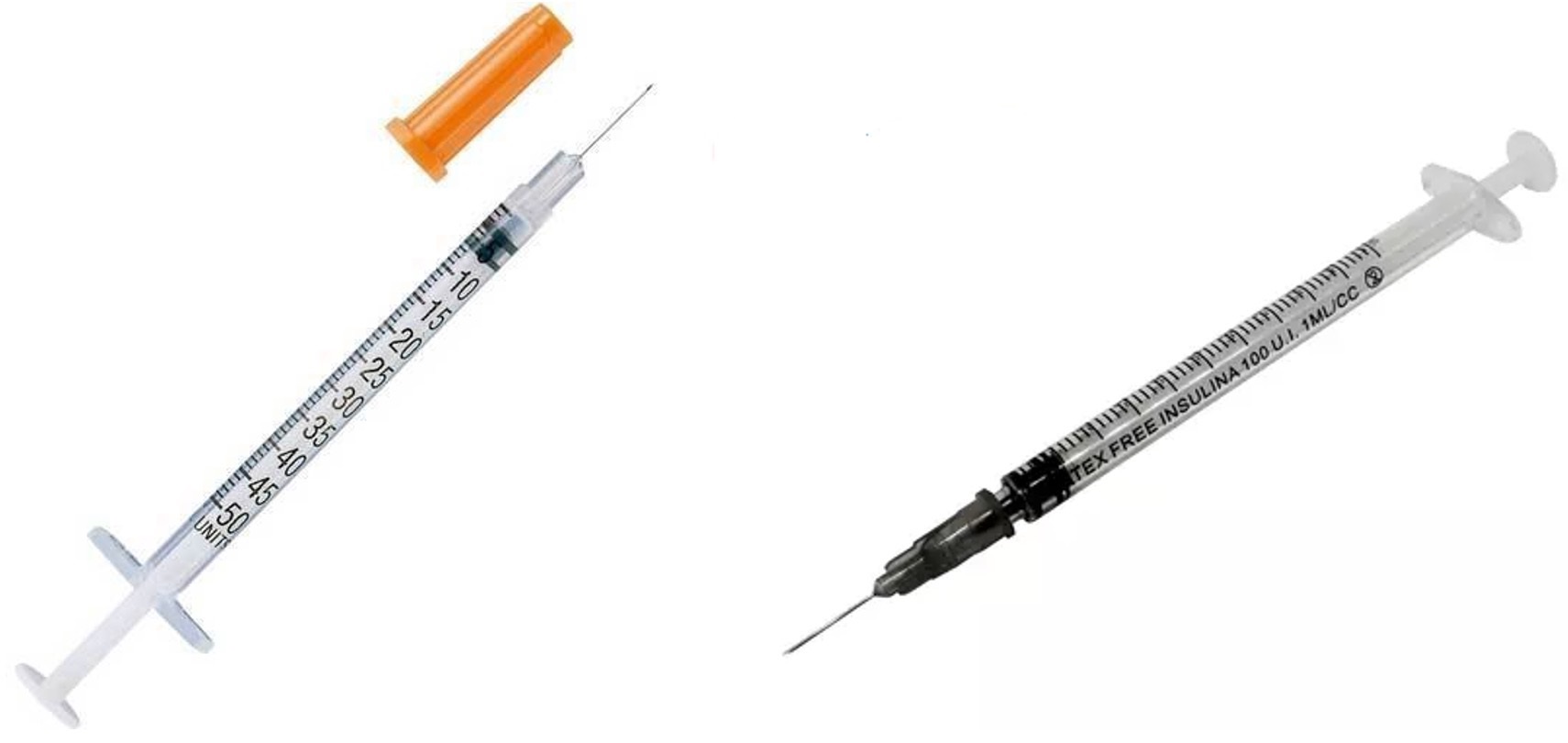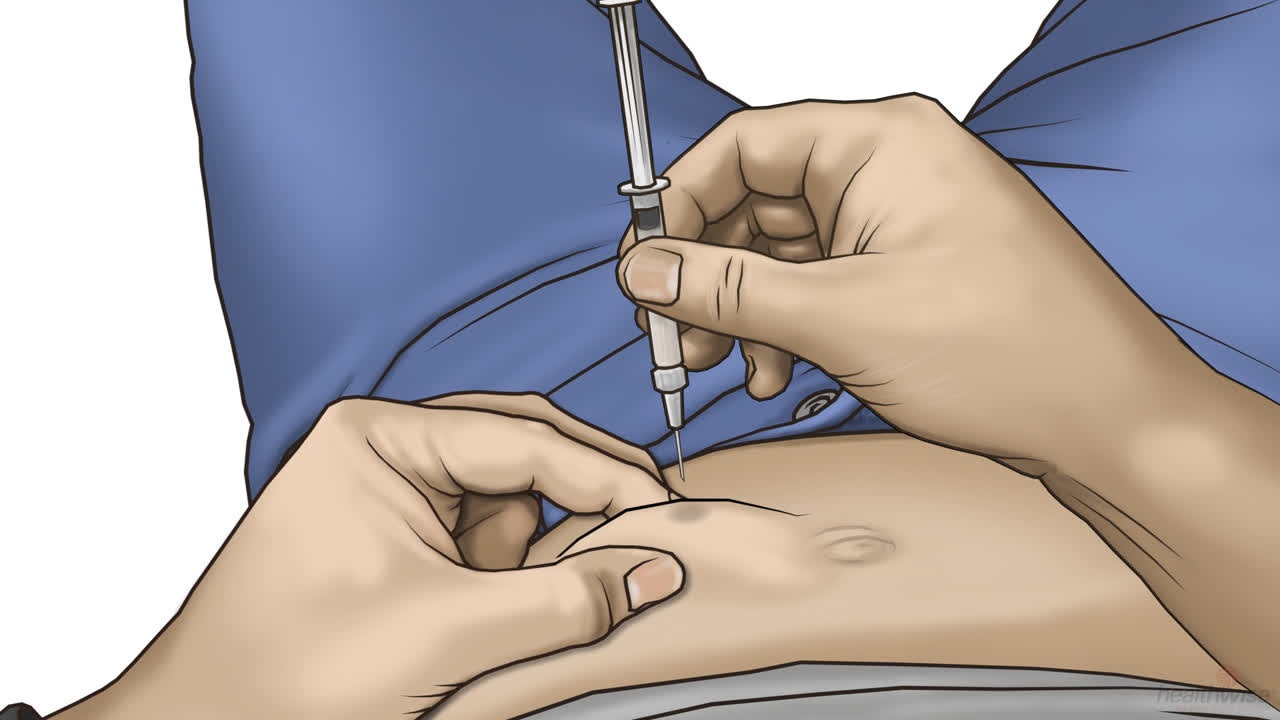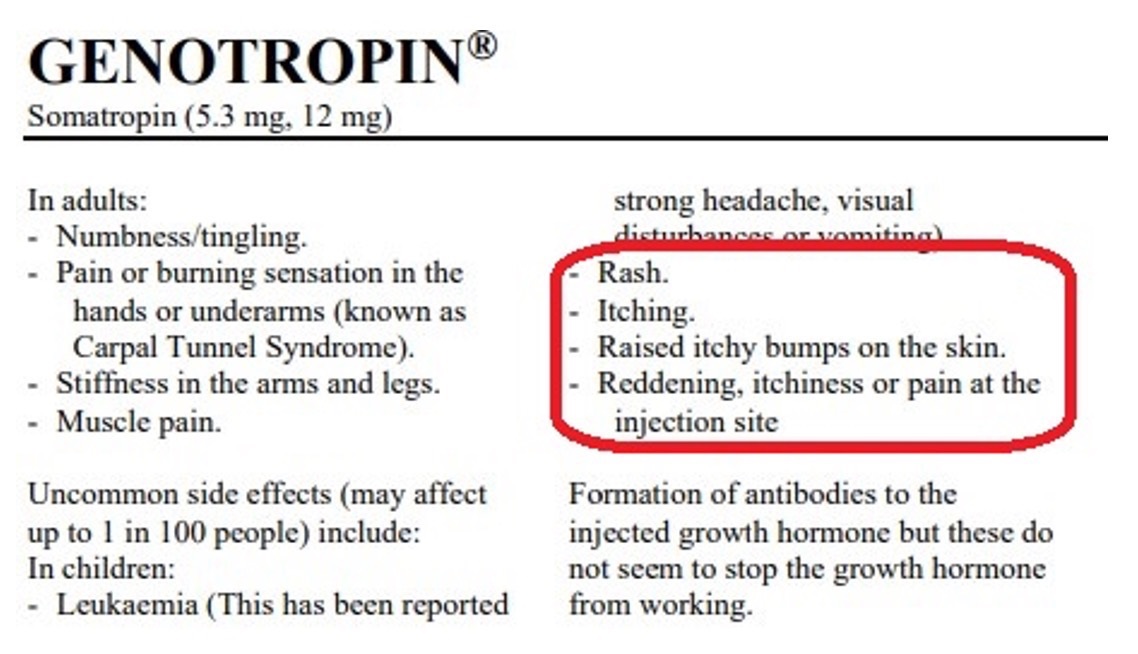
VIAL WITH POWDER
All peptide hormones presented in our line (with the exception of liquid growth hormone) are lyophilizate.
Peptides supplied in the form of lyophilized powder are supplied with a solvent (bacteriostatic water in an ampoule of 1 ml). With its help, a solution is prepared and the peptides will be stored in liquid form in the future.
AMPOULE WITH SOLVENT (BACTERIOSTATIC WATER)
In an aqueous environment, peptides begin to break down quickly. One of the reasons for this is the presence of bacteria, for which the aquatic environment creates ideal conditions for life and reproduction. The injection water is sterile. However, as soon as the package (usually an ampoule or vial) is opened, sterility is immediately disrupted. In order to preserve the sterility of the aquatic environment for as long as possible, benzyl alcohol or methacresol are added to it, which have a stronger antibacterial effect. The resulting water is called bacteriostatic, which means that bacteria exist in a "static state" - they do not reproduce. Growth hormone and other peptides in a bacteriostatic environment are able to maintain stability and not break down much longer.
HOW TO PREPARE THE SOLUTION
- Fill the syringe with water. Usually, the contents of the vial are dissolved in one milliliter of water.
- Fill the bottle with lyophilized powder with water. Tilt the vial so that the needle touches the wall of the vial. Avoid getting the diluent directly into the freeze-dried powder. The diluent should slowly flow down the sides of the bottle (do not pour everything at once and do not rush).
- After all the solvent has been added to the vial with the peptide, gently stir (but do not shake) the vial until the lyophilized powder dissolves and you get a clear liquid. Now the drug is ready for use. Store the prepared solution at a temperature of 2-8°C for.
Watch the video how to prepare the solution ⤵️
https://t.me/driadaeducation/52
SYRINGES FOR INJECTION
It is also recommended to use syringes that have just been removed from the package (repeated use of syringes may cause infection). Insulin syringes are usually used for subcutaneous injections. They can be either with a removable needle or with a needle that cannot be removed. One of the most popular injection needles is the G30. Syringes are usually 1 ml and 0.5 ml.

Image of syringes with a non-removable needle and with a removable needle
Insulin syringes have U40 and U100 formats, this is due to the insulin content, which is 40 units per 1 ml or 100 units per 1 ml. Each syringe is made specifically for a particular type of insulin. But this has nothing to do with units of growth hormone or mg of peptides, and we can use both types of syringes with adjustments to determine the correct dosage. These syringes have different markings, and, accordingly, focusing on each of them, we will find out the number of units of growth hormone that we want to inject. Below we present a picture where the dosage of various peptides will be indicated if they are stirred with 1 ml of water for the U100 and U40 syringe.

Image of a U100 and U40 syringe for different dosages of peptides mixed with 1 ml of water
SUBCUTANEOUS INJECTIONS
After we have diluted the peptide with water, it is ready for use. All peptides are injected subcutaneously or intramuscularly with an insulin syringe.
We will need
- Alcohol napkin
- An insulin syringe
- A bottle with a ready-made solution
Injection procedure
- Tear off the bottle cap
- Wipe the rubber stopper of the bottle with alcohol
- We take an insulin syringe, stick it in there
- We collect the required amount of solution
- Wipe the injection site with a napkin with alcohol
- We hold the needle at 30-45 degrees and make an injection
- We introduce the solution slowly
- After finishing, do not immediately remove the needle, but hold it for 10 seconds so that the injected liquid does not leak out

PAIN AND BURNING AT THE INJECTION SITE
Sometimes there may be a slight burning sensation or even pain at the injection site, accompanied by redness of the skin. This can be explained by several reasons. An inflammatory reaction may be caused by an excessively high concentration of the active substance and/or a significant injection volume. However, such symptoms can accompany injections of even the highest quality drugs.
An immune reaction to one of the peptides also often occurs. This most often occurs when using growth hormone, HCG or HMG, less often in other cases.
- Check the color and consistency of the product. It should be transparent, not cloudy and liquid, without any particles. Deviation from the standard means that the product has deteriorated and should not be used.
- If the product looks clean, you can try using it. After you take the drug out of the refrigerator, heat it in a syringe to room temperature. The appearance of bumps at injection sites may be caused by the introduction of a drug that is too cold.
- Use a fold on the abdomen for injection, but insert the needle straight, not at an angle, to pass through the layers of the epidermis and dermis and reach subcutaneous fat. Do not use legs and other areas for subcutaneous injections.
- If this does not help, try an intramuscular injection into the shoulder; it may make a difference.
- If none of this helps, there is also a possibility that you injected bacteria into the vial through a needle, or this may indicate an excess of bacteria in this drug that you injected into it with a needle. Even if the needle is new, some bacteria still get into the vial.
- If this occurs when using growth hormone, it may also be a symptom of an immune reaction of the body. But this applies only to the liquid form of growth hormone. The cause of the immune reaction may be related to a component such as phenol. This component is a stabilizer in this product and helps growth hormone withstand temperature fluctuations during storage and transportation.
!!! Red spots and seals are a common side effect after the administration of growth hormone, as indicated in the description of Pfizer's reference pharmacy growth hormone.

Taken from https://labeling.pfizer.com/ShowLabeling.aspx?id=17832
STORAGE
Many people do not understand exactly how to store peptide drugs, so this chapter will answer all the questions regarding their storage.
Storage of the powder form
The powder form (unmixed) can be stored at room temperature or in the refrigerator. Nothing bad will happen to freeze-dried powder if it is not exposed to direct sunlight (or daylight lamps) and does not heat up above room temperature. Under proper storage conditions, peptides (in dry form) can be stored for up to 3 years at a temperature of 2-8 ° C and no more than 2 years at a temperature of 15-30 ° C.
If the vial with the peptide is damaged and air gets inside, the active substance will decompose quite quickly outside the refrigerator - within about two weeks only about half of the concentration will remain. Therefore, if you are not sure about the tightness of the package, it is better to store the medicine in the refrigerator.
Storage of bacteriostatic water
However, the bacteriostatic water supplied with it should only be stored in the refrigerator at a temperature of 2-8 ° C, otherwise it may lose its properties. If you store the peptide and bacteriostatic water in the same package, it is better to store the whole set in the refrigerator.
Storage of the solution
After you have mixed the powder with water from the ampoule, the peptide can only be stored in the refrigerator in this form. Without a refrigerator, it begins to degrade and within a few days all the molecules will be crushed. The duration of storage of each peptide will depend on the substance. For example, growth hormone can be stored in the refrigerator for only 2-3 days, HCG - about 5 weeks. On average, the remaining peptides can be stored for at least 30 days, but as practice shows, some of them can withstand even much longer storage periods. As a result, the degradation of the substance will also depend on the number of bacteria that you introduce during the piercing of the vial (it is impossible to completely avoid this).
!!! NEVER STORE PEPTIDES IN THE FREEZER



Leave a Comment